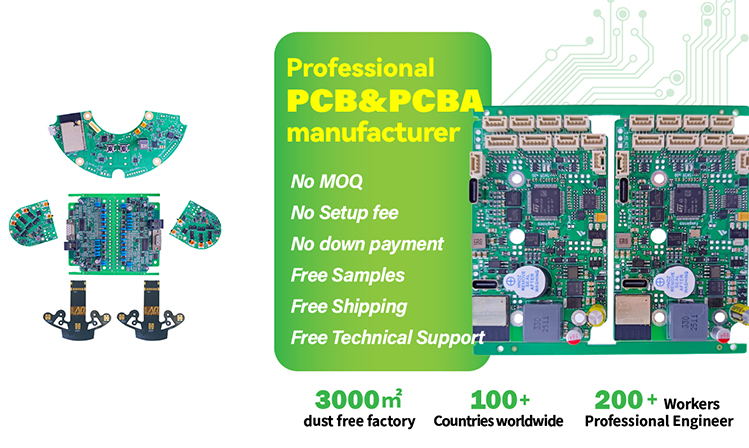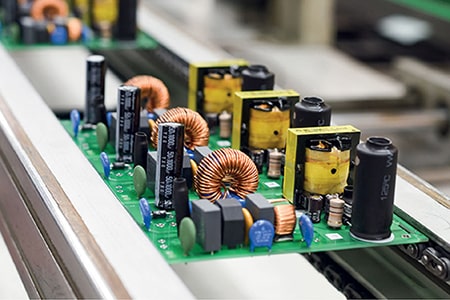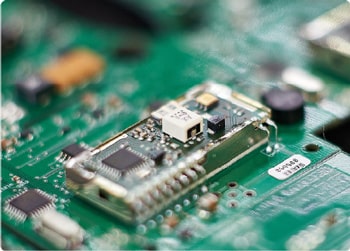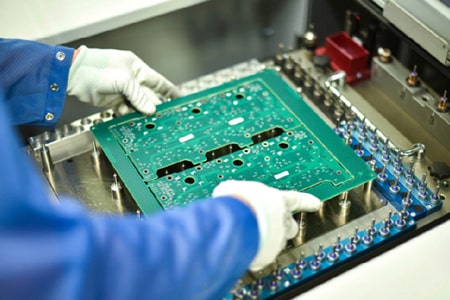The Importance and Control Techniques of PCB Soldering Temperature
In the electronics manufacturing process, PCB soldering temperature is a crucial factor in ensuring soldering quality. A reasonable soldering temperature not only ensures a reliable connection between components and the PCB, but also prevents component damage and solder joint defects.
The Importance of PCB Soldering Temperature
Soldering temperature is one of the parameters that must be strictly controlled during the PCB soldering process. Both excessively high and low soldering temperatures can affect product quality:
Impacts of Excessive Temperature:
Over-melting of the solder can cause loss of mechanical strength in the solder joint;
High-temperature damage can damage components, especially sensitive semiconductors;
The PCB substrate may delaminate or deform.
Impacts of Excessive Temperature:
Incomplete solder melting can easily lead to cold or faulty solder joints;
Severe surface oxidation of the solder joint can cause poor contact.
Therefore, maintaining a suitable soldering temperature is crucial to ensuring PCB soldering quality.

Factors Affecting PCB Soldering Temperature
In practice, soldering temperature is affected by a variety of factors:
Solder Type:
The solder's melting point directly determines the required soldering temperature. Commonly used tin-lead solder has a lower melting point (approximately 183°C), while lead-free solder typically requires higher temperatures (e.g., 217°C - 227°C).
Component Heat Resistance:
Different components have varying heat tolerances, and excessively high temperatures can damage sensitive components.
PCB Material and Thickness:
Multilayer PCBs or thicker boards require higher soldering temperatures to ensure heat transfer to internal layers.
Soldering Process:
Processes such as hand soldering, reflow soldering, and wave soldering have different temperature requirements. For example, reflow soldering requires preheating, melting, and cooling profiles tailored to the solder's characteristics.
How to Control PCB Soldering Temperature
Choosing the Right Soldering Equipment:Using high-quality temperature control equipment, such as a precise heat gun or reflow oven, effectively controls the soldering temperature.
Setting the Temperature Based on Solder Characteristics:
Before soldering, carefully review the solder's technical specifications to ensure the soldering temperature is within its melting point range.
Optimize the Soldering Curve:
For reflow soldering, design a reasonable temperature curve based on the characteristics of the solder to ensure proper temperature control during the preheating, soaking, reflow, and cooling phases.
Perform Temperature Monitoring:
Use thermocouples or infrared thermometers to monitor soldering temperatures in real time and adjust equipment parameters promptly to avoid temperature fluctuations.
Perform Regular Equipment Maintenance:
Regularly clean soldering equipment and check the accuracy of the temperature control system to minimize temperature control errors.
Controlling PCB soldering temperature is an essential step in the electronics manufacturing process. Proper temperature settings can improve solder joint reliability, reduce soldering defects, and ultimately enhance product quality. In practice, engineers should select the appropriate soldering temperature based on the solder, components, and process requirements, while utilizing advanced equipment and monitoring tools to ensure a stable soldering process.
Through scientific temperature management, PCB electronics manufacturers can not only reduce rework rates but also extend product lifespans, providing users with higher-quality electronic devices.







